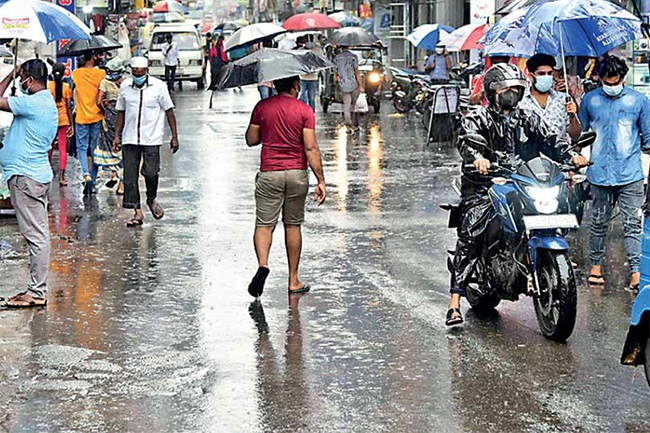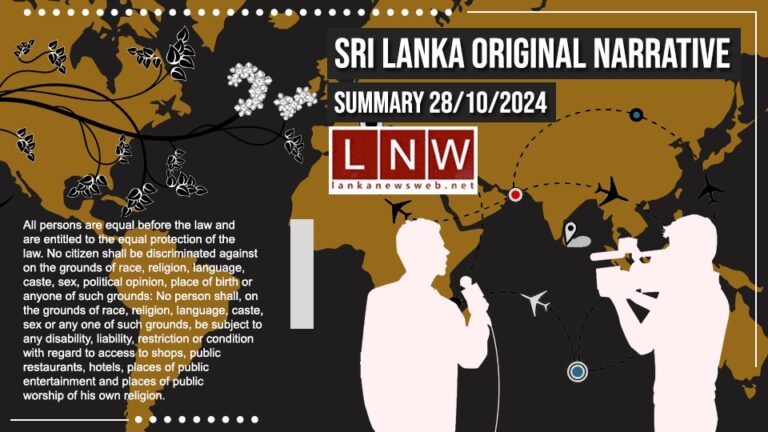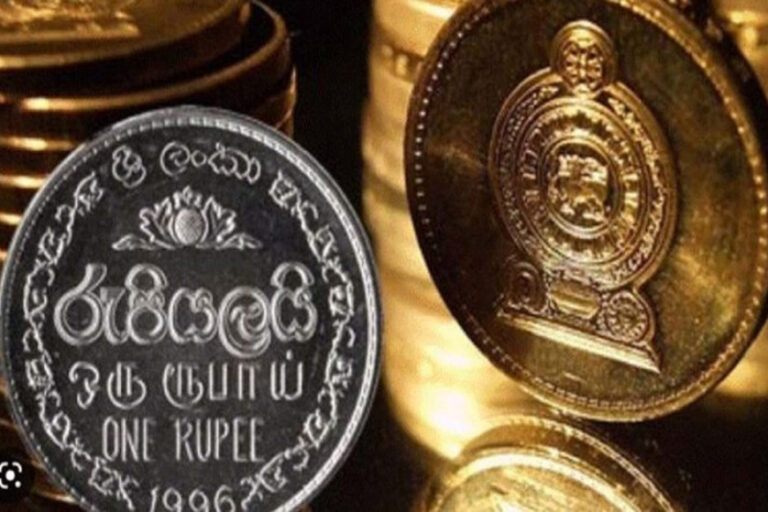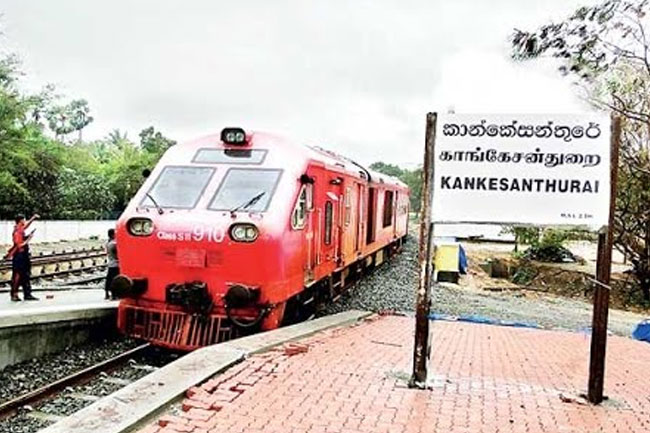October 26, (LNW) Colombo: These days in Sri Lanka, rugby operates autonomously. It has the list of members of all the committees nominated to run the tournament. But there is no one who appointed them. There is also a person in these committees who is related to the Rugar administration, which was dissolved for not fulfilling the responsibilities properly, and who was informed by the court and even the ministry that he is unfit to hold positions.
He says that the appointment of these committees was not made by the relevant authority, Director General Shemal Fernando. If he was appointed in this way, it is wrong, and those who are appointed should also have the idea that it is not ethical to come to positions at an inappropriate time. If that were the case, they would gain a privilege that brings more satisfaction than anything lost in another phase of life. Yet, in Sri Lanka, wielding power improperly has become almost a part of the shape. Moreover, the notion of wielding power at one’s discretion has become a trend among Sri Lankan administrators. In any case, a national-level rugby tournament in Sri Lanka is a high-budget program, with significant funds invested through large sponsorships.
This situation is emerging amid allegations of inadequate accounting records for the expenditure of 100 million and 10 million rupees received from the Ministry of Youth Affairs and the Ministry of Sports. It is also reported that this money has been paid to people who have been decided by the Sri Lanka Rugby and who have not been involved in its work.
Nalin de Silva, the president of the dissolved Rugby administration, intervened in these matters despite the organization’s dissolution.
Asked about his involvement in the post-dissolution administration from his previous £50,000 fines to the current disbanded administration, the director general says it has come as a result of discussions between the minister and the World Rugby. The Director General of Sports believes that his appointment was based on a request from the World Rugby to implement the information available up to that point, as he is not directly involved.
The Sports Act grants the Minister the authority to utilize powers under the country’s sports law to suspend any association or organization, thereby lifting the regulations governing rugby. After removing an individual in accordance with the law, is it not a violation of legal integrity to rectify the appointment or to acknowledge a mistake or omission anew? How ethical is such a display of responsibility?
The involvement of the Director General of Sports is crucial in this context. The international community, including Asia, cannot overlook actions taken in accordance with the country’s sports law. This poses a potentially dangerous situation.
His reluctance to comment on the discussion has led to a personal dispute with Risley Illias, a former president, which has escalated into a conflict between the Asian Federation and Sri Lanka Rugby. The manner in which the Asia Rugby President has begun to undermine Sri Lankan ministers and officials shows no signs of abating. Under their influence, the country’s ministers, along with high-ranking officials accustomed to treating the rugby field as a dumping ground for others’ issues, seem to take pleasure in catering to the wishes of the Asian presidents rather than upholding the laws of the country.
Rizly fought against the actions taken against the Sri Lanka Rugby due to his personal conflict with Illyas. Nalin de Silva, as the vice president of Illyas, spoke against Asia in front of the media before the presidentship, which accidentally fell on his head to praise those battles. Following Illyas’ departure, he started barking from one side of the Asia president to the other, eagerly aligning with the Asia president.
The saddest incident is that when a president fought for the country’s rugby on behalf of the country’s rugby that the Asia president’s behavior would harm the country and incurred the wrath of the Asia president, all the politicians and ministry officials of Sri Lanka should have asked for a fair investigation and decision regarding the allegations. Instead, they did what the Asia President wanted.
There is a lack of backbone among the puppets who seek to appease the competitive Asia President and, by extension, World Rugby. As a result, the unholy alliances both within Sri Lanka and abroad are altering the country’s constitution to suit their own agendas.
There is a system to determine the status of rugby in the country. Without acting according to those agreements, the Asia Rugby joined forces with Sri Lankans friendly to them and agreed with the minister to control the rugby in Sri Lanka according to the advice of those friends, and the project is still running. According to them, the officials and ministers are currently orchestrating the individuals they prefer, turning them into puppets that dance to their tune.
In this context, rugby claims to be managed by a committee appointed by someone who bears no responsibility. While there are assertions about the spending of sponsorship funds received, the specifics of how this money was utilized remain unclear. As a result, rugby is currently operating without proper oversight. So Rugby is without Manuel at this time. It operates automatically, and there’s no doubt that someone is invisibly orchestrating the flow of that money. Meanwhile, as the country’s rugby struggles to survive, tree planting initiatives are being promoted as part of an Asia wide and global movement. Who is appointed to do these things?
Is it possible to be appointed like that? There is no answer to whether they are ethical, whether they receive any money or if their intentions are genuine.
There is only one official announcement: the gazette notification. The responsibility for this lies with the Director General of Sports. He neither objected to nor was able to contest the statements made by the minister or the secretary. What has transpired now reflects the temporary departure of the politician. The Director General is accountable for his actions as a public officer. Consequently, as rugby depletes the funds in its account without holding any tournaments, responsibility is assigned to a committee that is known, even if not officially named by the authority. Ultimately, the burden of supporting rugby’s efforts to attract sponsors will rest with the Director General.
Ministers in Sri Lanka sometimes lead government officials to assign responsibilities to please people who were above them in their private lives before entering politics. Perhaps the Director General is stuck in such a knot.
*Adapted from original article, “ස්වයංක්රීය වී ඇති රගර්” by Nishman Ranasinghe published on 26/10/2024.














